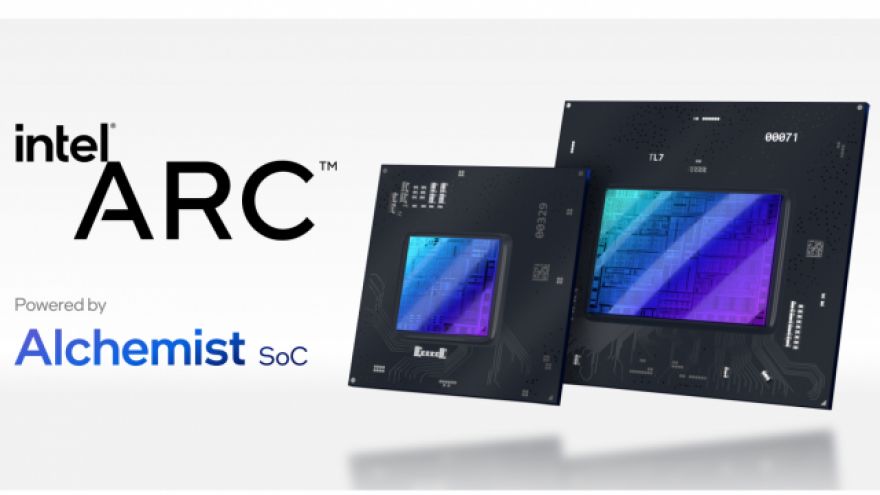
Intel Snags AMD’s Chief Discrete GPU Architect
In what can only be described as a significant loss for AMD, Intel has successfully poached one of the company’s top discrete GPU architects to help the company with its upcoming line of Arc graphics solutions. Rohit Verma, who was formerly Lead SoC Architect for Discrete GPUs at AMD, is now Lead Product Architect at Intel’s Accelerated Computing Group.
Verma was previously a senior fellow at AMD, where he had worked for a bit over three years in the company’s semi-custom business unit, according to analyst . The timing is notable as it includes the period where AMD rose from the ashes and started releasing competitive products, not to mention its success in securing the hardware wins for both next-gen consoles from Sony and Microsoft.
On his page Verma announced he was “excited to be back at Intel,” and that his mandate was simple: to “define and build next generation GPU products!” Verma’s arrival coincides with Intel’s ongoing efforts to disrupt the discrete GPU market with its very own Arc line of GPUs, which will be launching in Q2 of this year according to the roadmap Intel . Given the long development times involved in a GPU’s lifecycle, it’s doubtful Verma will have much impact on the company’s go-to-market GPU, which is code-named Alchemist. However Intel recently shared its through 2024 in its recent investor meeting, and announced it’s already begun the architecture planning for Celestial, which is its “ultra performance” GPU set to arrive in 2024 (or beyond). It seems highly likely Verma will have substantial input on that design, as well as the GPU planned beyond Celestial, code-named Druid.

Intel’s dGPU roadmap through 2024, tied to its upcoming CPU and platform designs. (Image: Intel)
Verma will likely be working side-by-side with another high profile AMD defector, Raja Koduri, who is currently the VP and general manager of the Accelerated Computing Systems and Graphics group (AXG) at Intel. Koduri famously immediately following the launch of the company’s ill-fated Vega GPU launch, and has been spearheading Intel’s nascent discrete GPU effort ever since.
This is just the latest in a series of aggressive moves on Intel’s part as it works to reestablish its dominance in industry as a whole. Gelsinger has set a goal to reclaim overall semiconductor leadership globally by 2025. It follows news from January that Intel had poached for its M1 silicon SoC, who was also previously employed by Intel. This is on top of the company’s plans to expand its capacity via a new , as well as its recent announcement that it would begin to customers as part of its Intel Foundry Services division (IFS). It also has begun to to work with partners in the development of new RISC-V CPU designs via IFS as well.
Now Read: